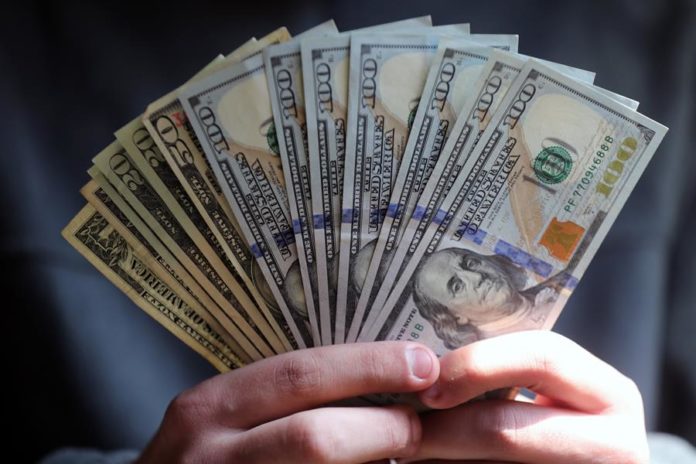When there is turmoil in the global economy, as now, the US dollar gains strength, beyond its dominant currency function. In such times, the demand for safe assets increases and the dollar appreciates, as it becomes a shelter while other currencies lose value.
This is the case today. As the currencies of the major advanced economies and those of some emerging market and developing economies lose value, this year, the dollar has reached a level not seen in twenty years. For instance, the euro now has reached parity with the dollar, not seen since 2002, while the Japanese yen has fallen 20 percent since the start of the year and reached 137 to the dollar. Even gold, seen as a shelter against inflation, has fallen 5.5 percent throughout this year.
Additionally, the surge in commodity prices unleashed by the war in Ukraine, is receding as the dollar rises. Since most commodities are priced in dollars, it is more expensive to pay in local currency for purchases of oil, metals, or agricultural products, while exporters benefit. For instance, since early June, the price of oil has gone down from over $100 per barrel to around $90 dollars, and gasoline prices in the United States have decreased from over $5 per gallon to around $4.50.







